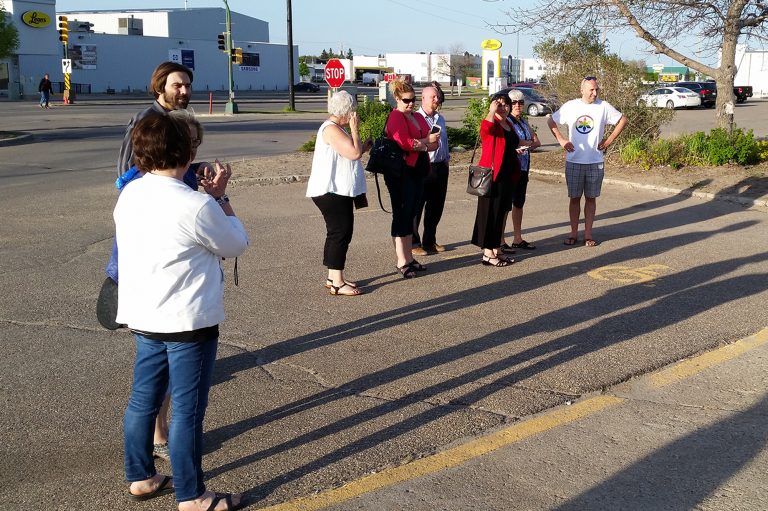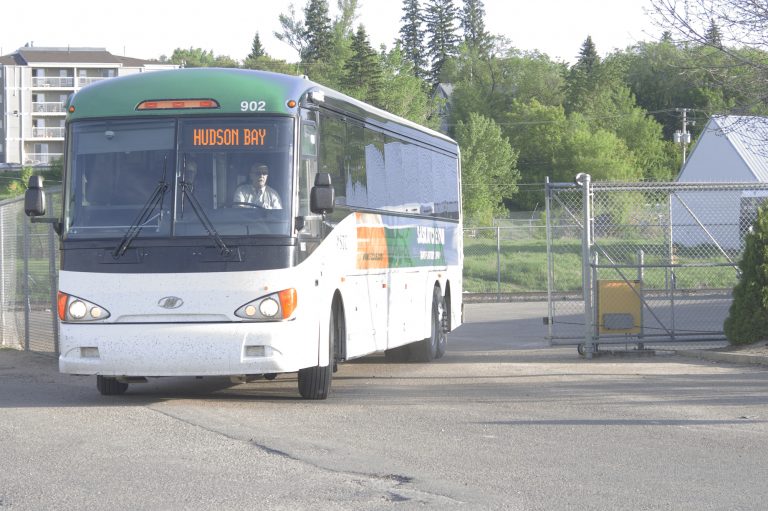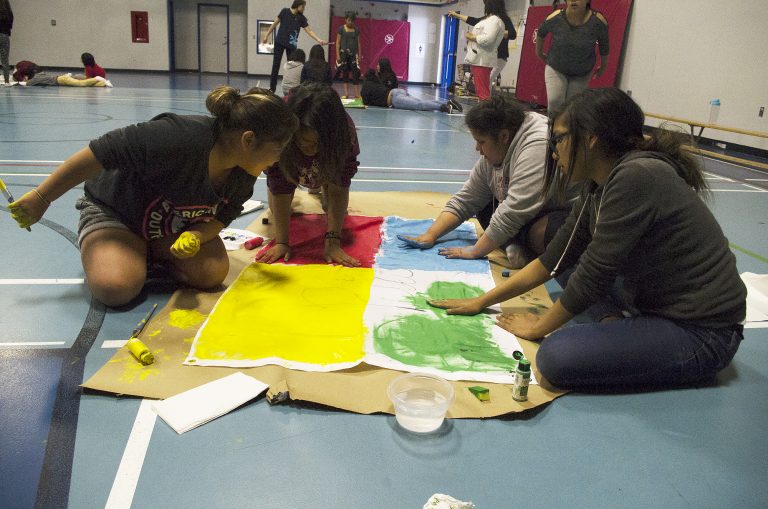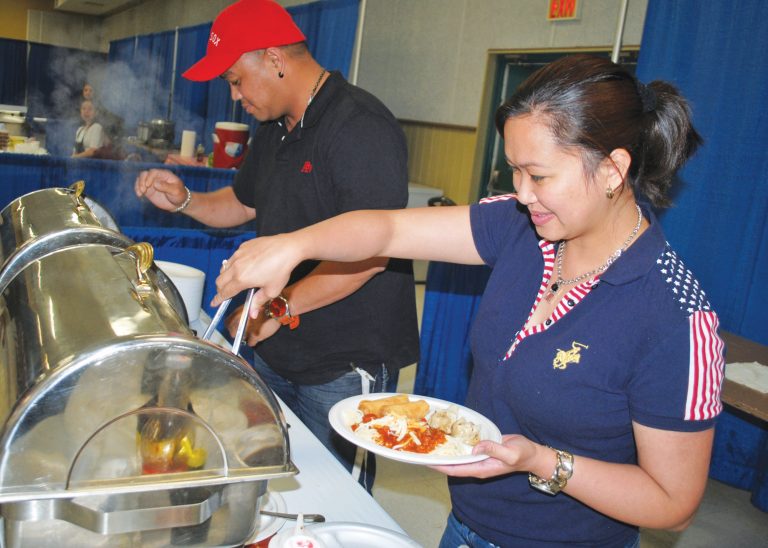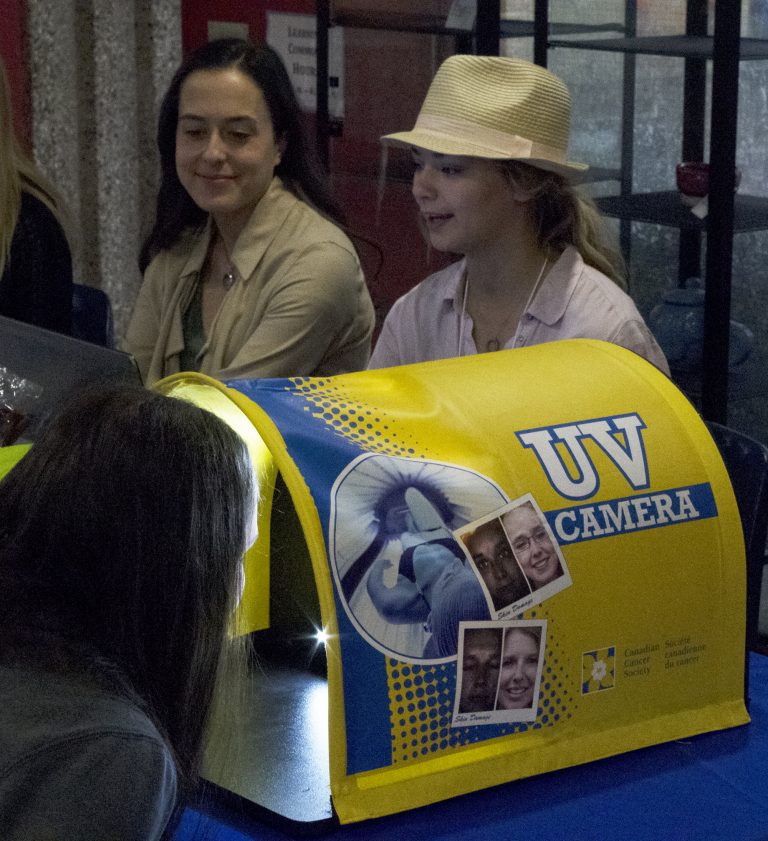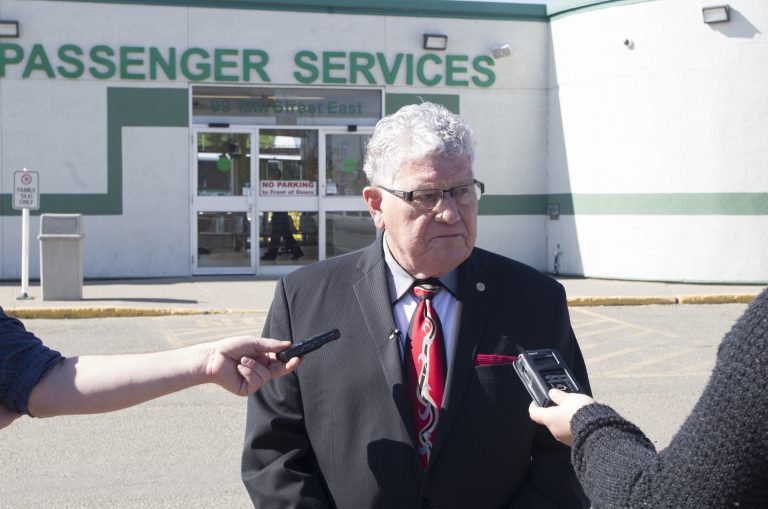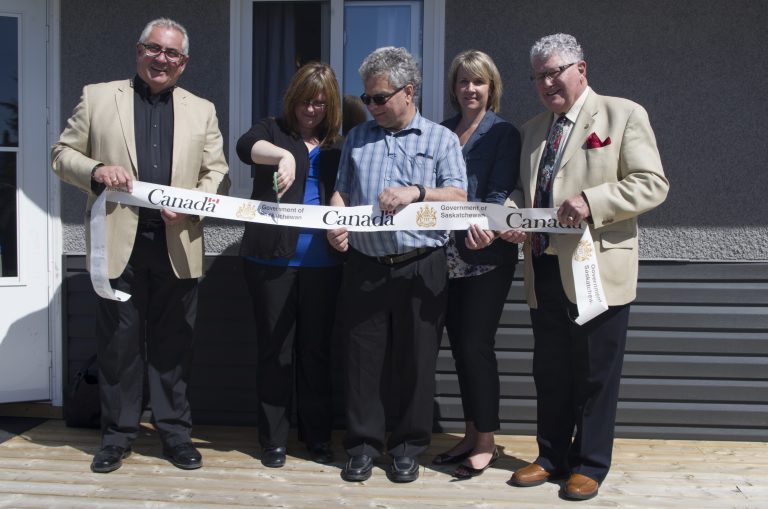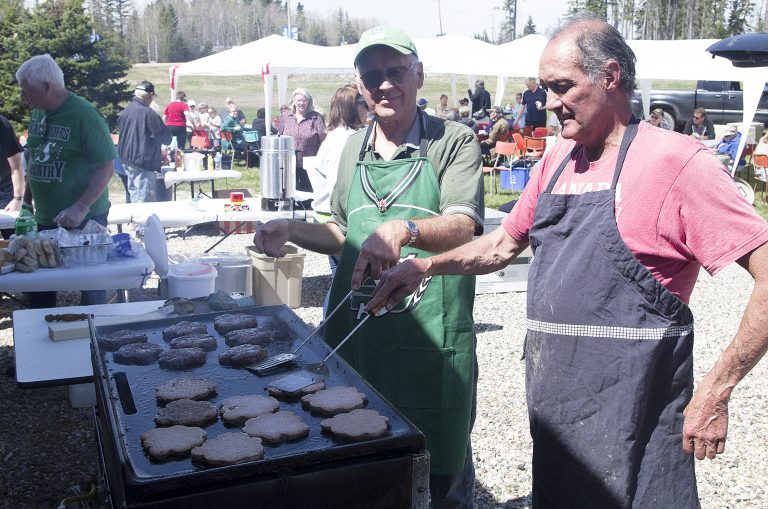It’s a day Ken Youghans thought would never come.
For the last 21 years, Youghans has faithfully shown up to work as a driver for the Saskatchewan Transportation Company (STC), fully expecting he’d work there for the rest of this life.
Today he and roughly 125 other STC employees will work their last day with the company, and it’s still a tough pill for him to swallow.
“I was fully expecting to retire at STC,” said Youghans, who also serves as the Saskatchewan executive board member for Transit Union Local 1374, which represents all STC employees in the province.
“This is kind of a dream job I got in 1996, when I hired on here, and I thought I would get to retire here. I never saw this coming.”
Throughout his career, Youghans watched as various governments talked about possibly getting rid of the STC. That sentiment always seemed to wither, which made him think it was here to stay.
“It was an essential service,” Youghans said. “It was well needed for the province of Saskatchewan, and yeah, I never thought this was going to happen.”
The end of the STC means the loss of dozens of local jobs as the terminal closes in Prince Albert. The last local bus will make its final run late tonight.
Local STC employees declined opportunities to be interviewed saying they were not allowed to comment, however Ward 4 Coun. Don Cody was eager to pick up the mantle.
“(The closure) is a great impact to the city itself,” Cody said during a media scrum in front of the Prince Albert STC terminal Tuesday morning. “Certainly jobs, that’s one of the key things, and secondly it’s service, service to our people. People need some service if they want to go for medical health (services) in Saskatoon. A lot of them do not have vehicles. A lot of them cannot drive vehicles.”
Cody called the closure a “shame,” especially for the people who lost jobs. He also expressed skepticism that any private company would pick up the slack.
Like Youghans, he also never thought this day would come.
“I really didn’t believe that there was a government that was going to take this on and say ‘that’s it’ after 71 years,” he said. “Seventy-one years in service tells you something. It tells you that obviously it’s pretty important, or it wouldn’t have stayed.”
Cody added that the city already subsidizes the municipal transit system, making it unlikely that they’d dip their toes into a province-wide partnership to replace the STC. He said he felt “a bit helpless” watching the situation unfold, but didn’t think there was much the city could do.
However, he does believe that shutting the organization will have long-lasting negative ramifications for the Saskatchewan Party.
“I’m really surprised that they took this on, and if there’s anything that will do this government in, this is one of the things right here,” he said.
In the past, Saskatchewan Minister of Crown Investments and Prince Albert Carlton MLA Joe Hargrave has defended the closure do to its cost and declining ridership. In an April interview with the Daily Herald, Hargrave said costs were “out of control,” leaving the government with little choice but to shut things down.
“You can’t afford a subsidy of over $17 million every year,” he said. “That $17 million could go to so many other things.”
Not all STC employees will be out of a job when the buses stop running today for the final time. Roughly 80 STC employees will be kept onboard until next fall. The list includes mechanics, who are responsible for getting the buses ready for a potential sale, and financial department personnel.
As for Youghans, he plans to take a month or two off to recuperate from the stress and spend time with his family. Then it’s off to the job market.
He’s already thought about beginning his own transportation company, but the startup costs would run into the millions. In the end, he’ll likely move out of Saskatchewan for work. It’s not what he wanted, but he doesn’t have much choice.
“I’ve got some job opportunities … but it means moving out of the province, and I’m really not looking to move out of the province if I don’t have to.”
@kerr_jas • jason.kerr@paherald.sk.ca

